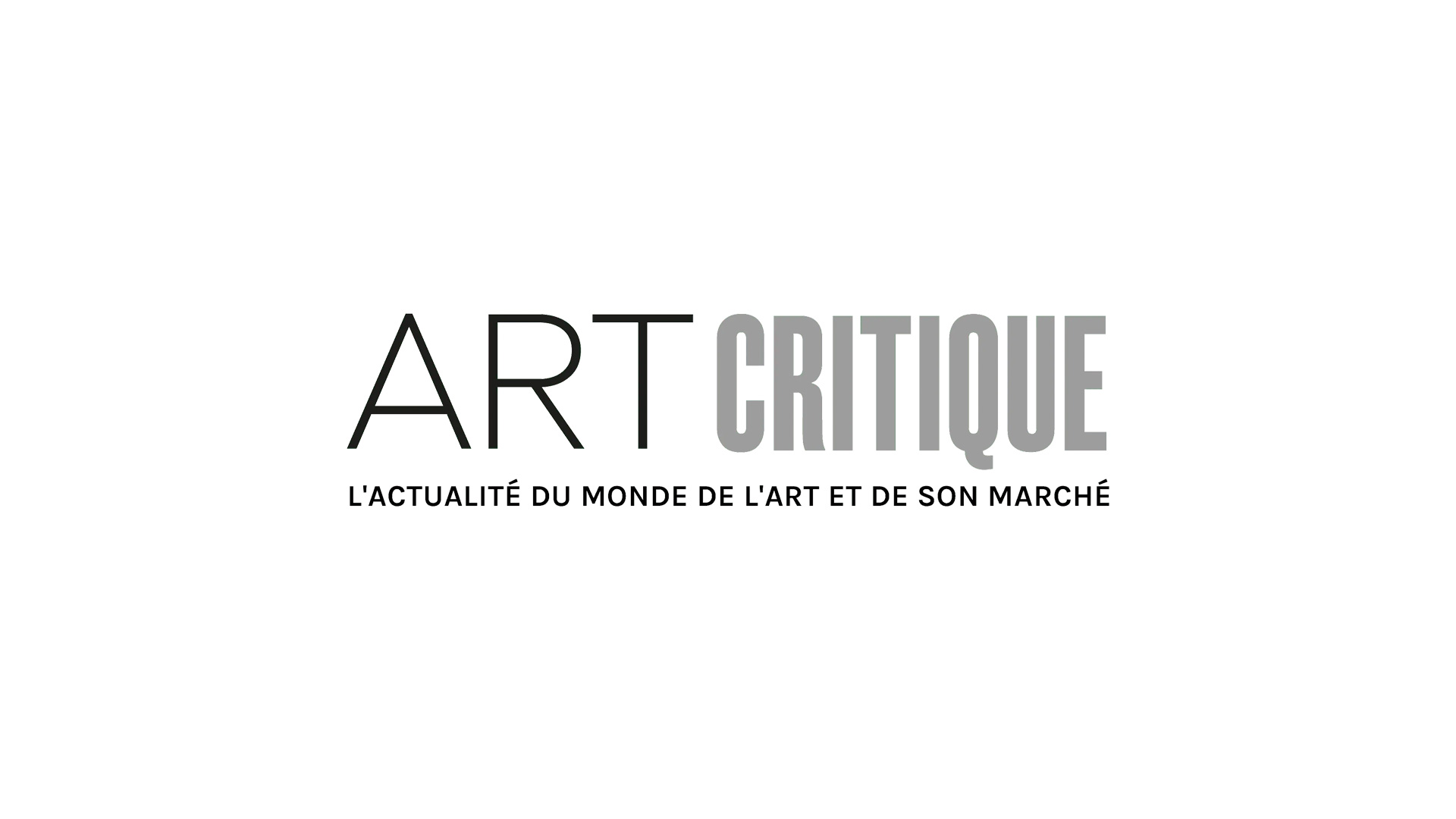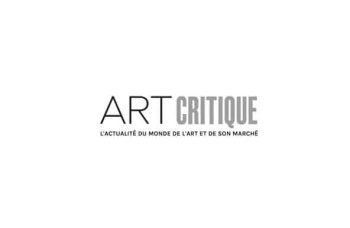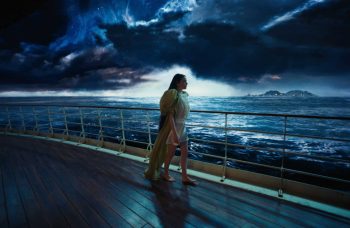Recently screened at the J.A. Bombardier Theatre of the McCord Museum were two Haida language films, a phrase which until the passed few years was relatively nonexistent. The language of the Haida people being a linguistic isolate, it has gradually declined over generations due to the attempted genocide and assimilation of Indigenous peoples by colonizing forces. Even in comparison to other North American languages, it’s decidedly separate, making the endeavour to preserve and share Haida through the medium of film all the more valuable.
The first film shown at the Haida film screening was the gorgeously animated short The Mountain of SGaana by Christopher Auchter. It opens on a Haida man living and working on a boat while disregarding his surroundings in favour of his phone’s screen, which is presented in more of a familiar way than in the tired, accusatory fashion. He’s shaken by a small spirit, weaving a piece filled with images of an old fable to share with him. This framing device then transitions to the fable itself, the story of a young man brought under the sea to the spirit world, and the young woman who seeks to rescue him. Brimming with memorable character designs, The Mountain of SGaana recontextualizes Haida folklore in a more immediate way, the aims of reconnecting people to this heritage also clearly represented in the story through the relationship between the spirit and the sailor. While not actually using dialogue, this short does use Haida songs in a driving and captivating manner.
The second film shown was SG̲aawaay Ḵ’uuna (which translates to Edge of the Knife) co-directed by Gwaai Edenshaw and Helen Haig-Brown. Similarly utilizing Haida folklore and story for its plot, this tense- and at times both agoraphobic and claustrophobic – psychological thriller follows the transformation of a man in isolation into Gaagiixiid, “the wild man”. After the accidental death of his nephew during a fishing trip, a man becomes isolated from his tribe and seemingly possessed by a spirit that erases his mind, now enveloped in a beastly hunger and without his human understanding. Tyler York’s performance as the Gaagiixiid is haunting and intriguing, the most stylized editing choices revolving around his explorations of the island environment, which make for skin-crawling and hypnotic moments. A number of the cast for SG̲aawaay Ḵ’uuna aren’t actors, which can make for some rough and amateurish sections throughout the film, but it is understandable with so few Haida speakers to fill these roles. And despite this, the production of this film is beautiful, its setting an interesting and timeless choice, and its themes of isolation, community, fear, and pride are presented excellently in a vibrant cultural context. It is very clearly cinema by Haida, for Haida, with appeal to any fan of supernatural thrillers.
Both of these films have high merit: The Mountain of SGaana not only has a charming animation style, but utilizes simultaneous multiple perspectives in a novel and avant-garde way not typically seen in animated shorts; SG̲aawaay Ḵ’uuna masterfully brings the psychological thriller to unknown territory and captures some intensely resonant performances. These respective pioneers of Haida film are doing more than preserving and spreading their endangered language. They’re also adding new cultural insight to North American cinema at large.





